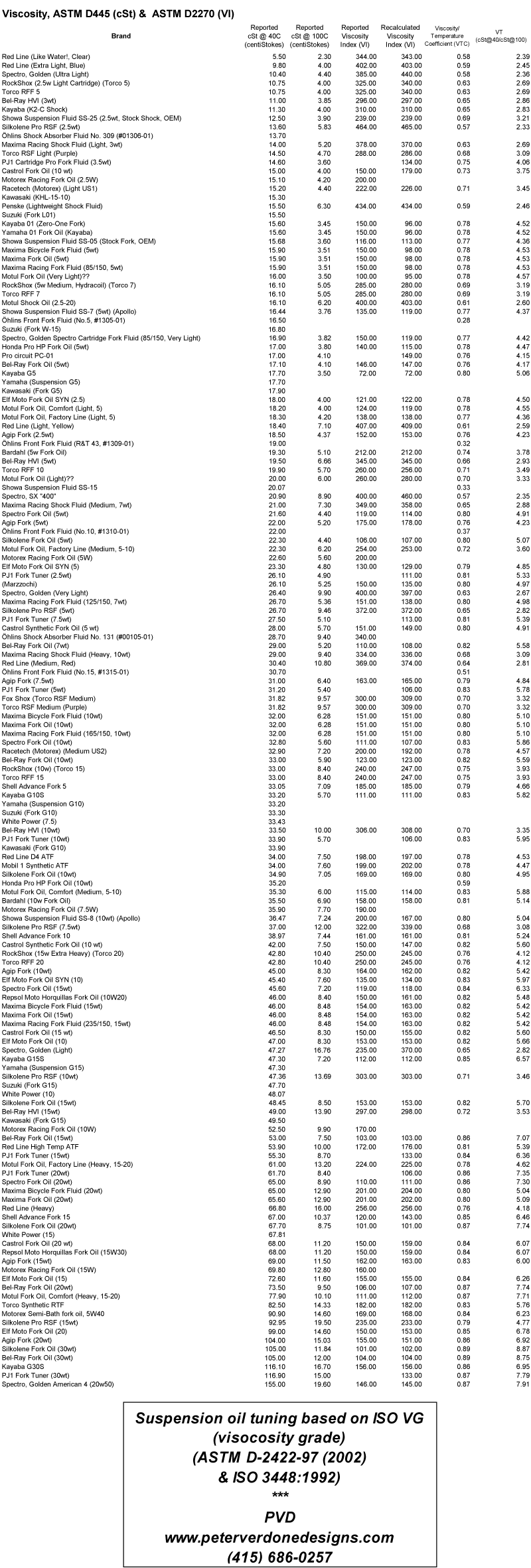Some Rear shock rebuild info here:
http://www.3wheelerworld.com/showthr...XT-Build/page3
Kit Component Description QTY per Kit
kit content image Rear Shock Seal Head 1
kit content image Snap Ring 1
(bottom out bumper not included)
Application Rear Shock Seal Head Kit Honda CR125R 84-86, XR200R 84-93, XR250L 91-96, XR250R 84-95, Kawasaki KDX200 83-88, KL650 A (KLR) 92-07, KL650 E (KLR) 08-13, KX125 83-86, KX250 83-85, KX500 83-85, KXF250 Tecate 87-88, KXT250 Tecate 84-87, Suzuki DR650SE 96-14, LT-250R 85-92, RM125 82-8
Distributor Information
Distributor Name Distributor Reference #
All Balls 37-1010
Automatic 131673
Gamma 37-1010
KK 6900-108
Kimpex 206556
MTA AB37-1010
Marshall 4436
Matthies 7730024
Motovan 137-1010
Parts Canada 399842
Parts Unlimited 1314-0047
Thibault 237371010
Tucker Rocky 41-3218
Western Power Sports 22-31010
For others looking for parts the 1990 yz80 and later year yz 85 have similar shocks and share some parts. The shock shaft size for the yz is 14mm and the shock body is 40mm just like the kxt shock.
A seal kit is around $25 but a 14mm shock bumper alone is like $25 at most places....um...why? Seems kinda jacked up.
So a new bladder is recommended but often not necessary:
KX125. Years 1986 and ???????
And 2 new orings and a band (bushing?) for the piston/ valve is recommended:
No info yet other than looking to similar 14mmx40mm shocks possibly listed above.
Race Tech sells seal heads for $65, not sure if they are OEM KYB.
The springs is a 325 lb. spring, other riders claim that is for light/middle weight rider and claim to have better results with 450 lb aftermarket spring like Hypercoil.
Common complaint is tecate shock seals leak in the cold temperatures of winter due to metal contraction and thus it blows the seal when ridden then.
The stock shock fluid is KYB K2C and is rated at 5WT (apparently weight is generic label and viscosity and other fluid properties are more important, read posts below)



 Reply With Quote
Reply With Quote

